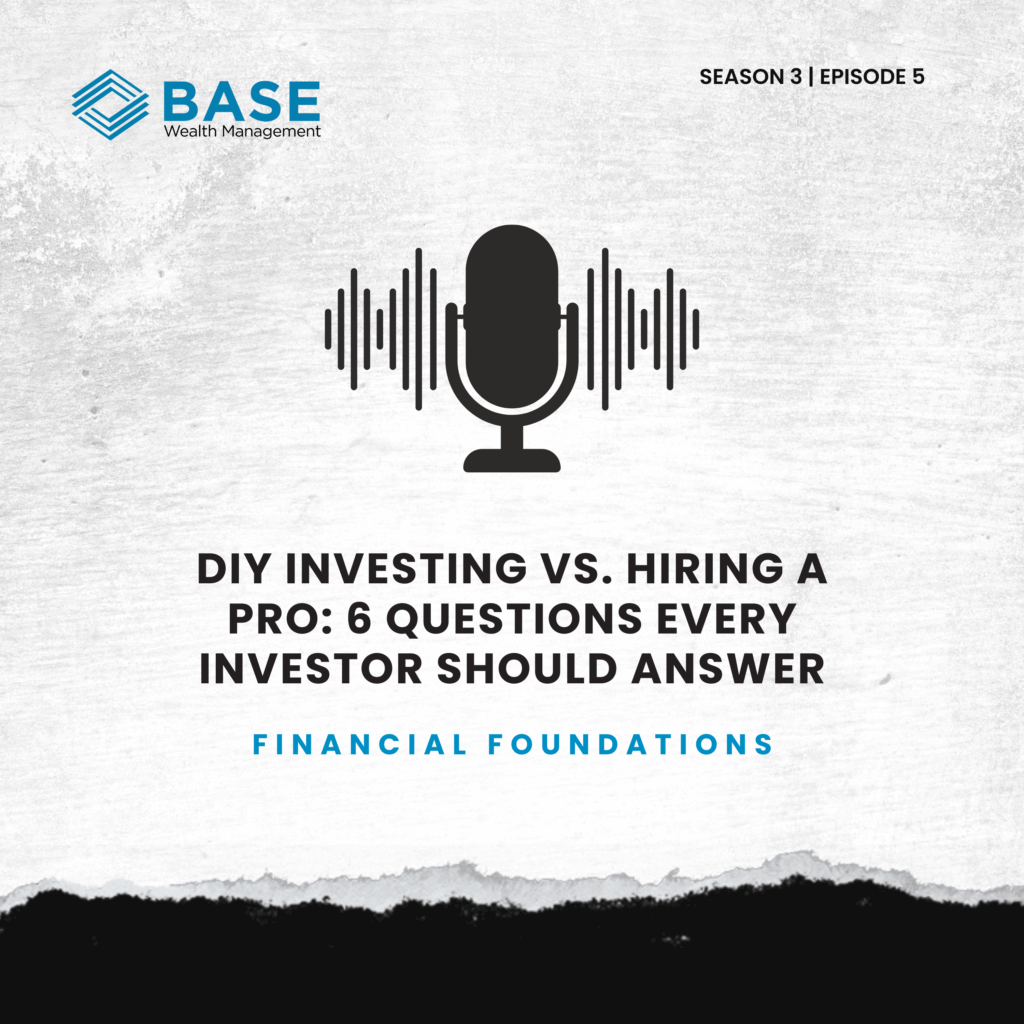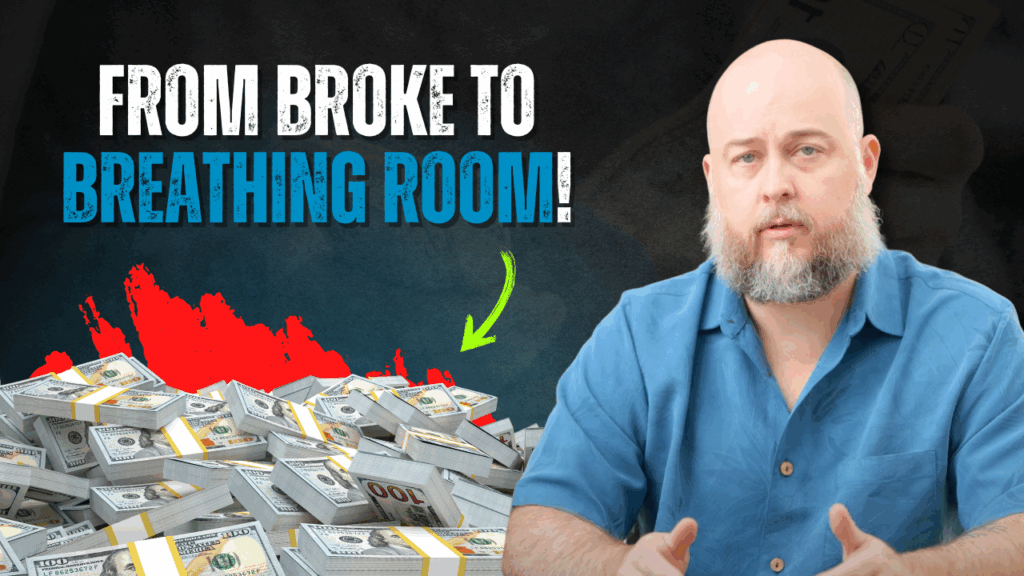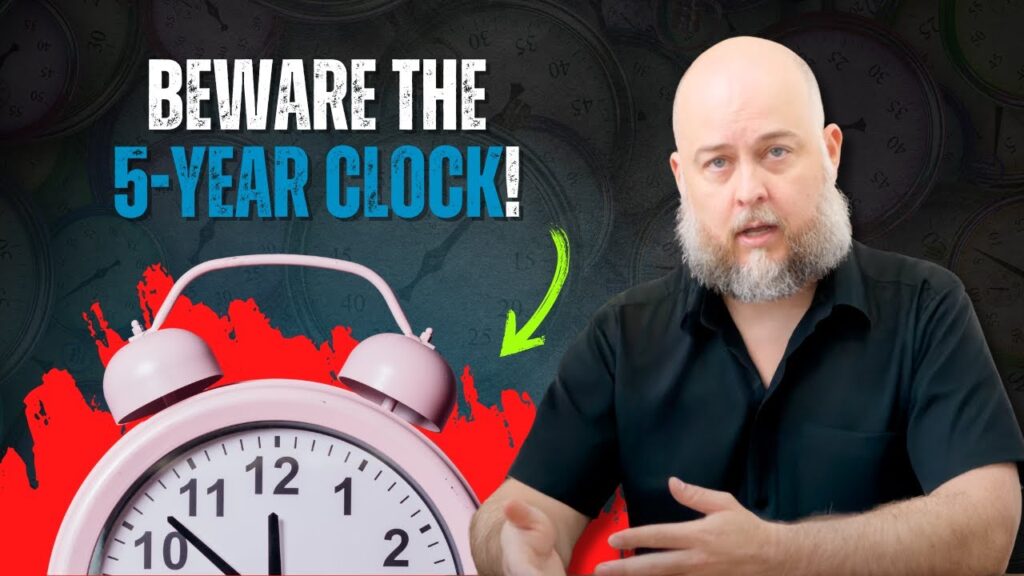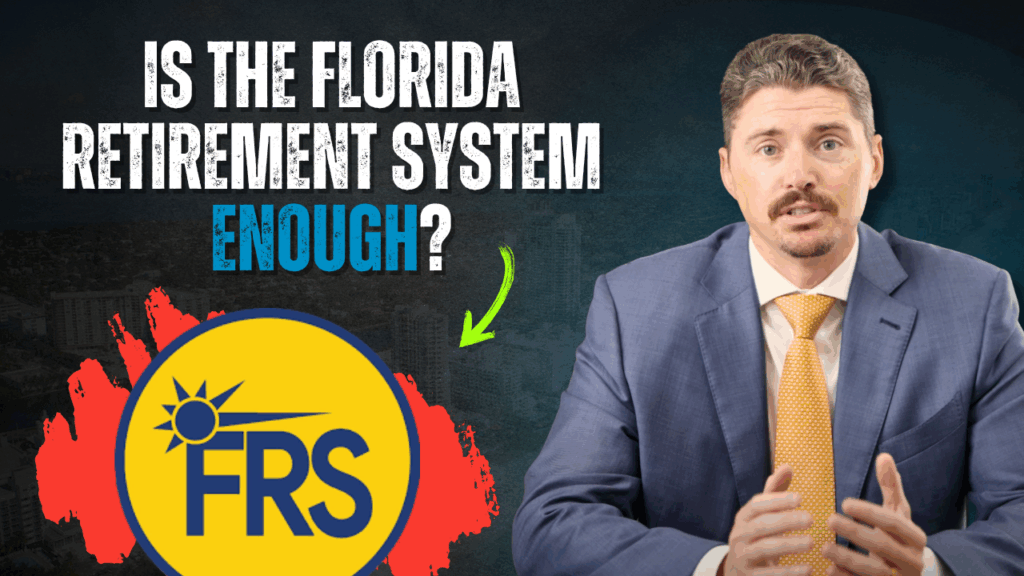As a First Responder, the age at which you qualify for retirement may come a lot sooner than someone who is working in another profession.
This is a well-deserved benefit you worked hard over the years to earn, but it can also be a potential problem for those who failed to plan early enough. That retirement date has a way of sneaking up quickly on some first responders who are busy with all the other aspects of their life outside of work as well. However, you may have options when you get to your official retirement date if you are not ready to fully retire and/or need to continue working. One of those options is the DROP plan (Deferred Option Retirement Program).
The DROP Plan for first responders can be a great way to add a lot of additional savings to your retirement nest egg. It is important that you understand how the plan works, maximize its benefits and not make any mistakes. Here are three of the biggest mistakes that first responders may make with their DROP Plans…
Playing it too safe with their outside investments
If you are in a DROP Plan now or considering entering one in the near future, you may be nearing the end of your career. Common wisdom often dictates that one should be conservative with their investment choices once they are near retirement, but this isn’t always sound advice.
Many people don’t consider the fact that they do not need every dollar they have saved for retirement on the day (or year) they retire. Some of that hard-earned nest egg is money that you will need later in life as well, much later in most cases, as life expectancies get longer. Thus, most of your retirement funds still have a (very) long time horizon and should be invested as such. This is so that the money you will need later in life (your 70s, 80s, and beyond) still has a chance to grow and outpace the rising cost of everyday goods. Keep the money you need for income in the next few years in safer, income-producing investments, but consider investing the remainder of your money according to its time horizon.
Paying too much in taxes
It is not uncommon for first responders, upon completion of their career, and thus their DROP plan, to take the money they have accumulated in a lump sum. Since most would prefer to start retirement debt-free, this is often so that they can pay off the remaining mortgage and other debt they may still have. While this sounds like it may be a good idea, without proper tax planning, it usually isn’t.
Any money taken out from the DROP plan upon its competition is taxable as ordinary income. When combined with the pension money you are now receiving and any other interest, earnings or withdrawals you may make, you may be pushed into a much higher tax bracket. This means you may pay more in taxes than you really needed to. With just some simple tax and financial planning, there are many options to make sure you are paying the least amount of taxes necessary on your DROP money.
Not having a proper financial plan in place
It is said that people don’t plan to fail, they just fail to plan. This couldn’t be more true when it comes to personal finance. First responders have a shorter career than other professions and the need for proper and comprehensive financial planning couldn’t be more important for your profession.
Having a plan in place means that you can know with some certainty what you are going to have at the end of your virtuous career. Clarity is often the first step toward wealth. And if you have planned correctly, it also means that you have maximized your hard work and will be reaping the most rewards possible from your career. I am positive this is something that is important to you.
*There are stringent and sometimes confusing age and years of service requirements for DROP eligibility. Please reach out to discuss further.


















